Do you use rubber gloves as part of your job every day? Rubber gloves are essential for preventing illnesses or contamination in a wide variety of industries.
Even when gloves aren’t required, they can provide extra protection and peace of mind. Latex gloves are widely used, but latex allergies are a real concern for many people.
Nitrile gloves are latex-free and a popular alternative for glove wearers. If you’re looking for puncture-resistant gloves with tactile sensitivity, nitrile gloves are a great option.
Here’s everything you need to know about the benefits of nitrile gloves.
What Is Nitrile?
Nitrile is made from nitrile butadiene rubber. It’s derived from acrylonitrile and butadiene. Improvements in technology have led to easier and cheaper production of nitrile gloves.
Nitrile is affordable and flexible. It’s a popular glove for medical doctors and other medical professionals.
Workers in a variety of industries, including food service workers, tattoo artists, factory workers, and industrial workers use nitrile gloves.
How Are the Gloves Made?
The production of nitrile gloves involves mixing the components together, setting them into a mold, and letting the product cure. The materials are extruded through a spinneret.
This creates long strands of nitrile that are then cut and made into gloves.
What Can Nitrile Protect Against?
Nitrile gloves are versatile and offer a variety of protection against cuts, tears, abrasions, and chemicals. Nitrile is an effective protectant against blood-borne pathogens and infectious materials in a medical setting.
Nitrile is durable and flexible but does not offer protection against heat or electric shock.
Settings for Nitrile Glove Use
Nitrile gloves are latex-free and a popular option in a variety of workplaces. Some settings where nitrile gloves are used include:
- Healthcare settings
- Surgery centers
- Hospitals
- Doctor’s offices
- Dentist’s offices
- Tattoo parlors
- Blood labs
- Chemistry labs
- Food processing centers
- Industrial facilities
- Factories
- Art studios
- Restaurants
- An alternative for latex-allergy sufferers in any setting
Hypoallergenic Material
A latex allergy can pop up at any time in someone’s life. Reactions to latex can range from mild to severe.
This is a serious concern in the medical setting for sick patients and those undergoing surgery or other procedures. Nitrile glove allergies are rare.
These types of reactions are usually linked to the chemicals used to manufacture the nitrile gloves rather than the gloves themselves. Manufacturers have mostly eliminated this problem by removing the sulfur-based chemicals used for the production of nitrile gloves.
Nitrile gloves are a safe and popular alternative to latex gloves.
Puncture Resistant
Latex gloves offer protection from certain pathogens and bodily fluids. They don’t hold up well to excessive stretching or punctures.
This can be a safety hazard for medical personnel working in emergency rooms who are dealing with a variety of medical hazards every day. Metal fragments, debris, and needles cut through latex easily.
Nitrile isn’t completely puncture-resistant, but it offers more protection from punctures than latex. This makes nitrile a popular choice for hospitals, surgery centers, doctor’s offices, and emergency rooms.
Chemical Degradation
Latex degrades faster than nitrile when exposed to hydrocarbons, fuel, solvents, and oil-based products. This chemical resistance makes latex less effective for certain settings, including automotive work, emergency rooms, and certain art studios.
If you’re working with chemicals or contaminants of any kind, you want the types of medical gloves that hold up well in these settings. Some microbes can wear away latex. Although this scenario is uncommon, it’s still a concern in some medical facilities.
Nitrile gloves hold up well against most types of chemicals. Anyone wearing medical gloves while working with contaminants must monitor for damage, but the risk with nitrile is lower than with latex.
Glove Options
There are a variety of nitrile glove colors to choose from. Blue is the most common choice for the medical environment, but black, purple, and white are also popular options.
Using a color-coded system for different purposes can help your team members manage PPE more effectively.
Foodservice gloves often have a light coating of corn starch inside for an easier grip. This type of coating isn’t recommended for medical settings, so powder-free nitrile gloves are available.
Nitrile gloves are popular with food service workers because they are stain and odor-resistant. They are popular in industrial environments and chemistry labs because they are resistant to corrosive chemicals and organic solvents.
Benefits of Nitrile Gloves
Nitrile gloves have a variety of benefits. Some of these include:
- Latex-free, allergy-free, and protein-free
- Strength and flexibility
- Puncture resistance
- High sensitivity level
- Molded fit to the hand
- Good for high-risk situations involving infectious materials and chemicals
- Mimics the fit and feel of latex
- Chemical resistance and protection
- Comfortable dexterity
- Resistance to petroleum-based products
- Durable and flexible
- Lightweight, breathable material
- Long-wearing capability
- Available in powdered and non-powdered varieties
- Long shelf life
- Affordable gloves
All of these benefits make nitrile gloves a popular option for medical professionals and a variety of industries that require workers to wear medical gloves.
The Benefits of Nitrile Gloves
Nitrile gloves are an effective solution for those with latex allergies. Nitrile is latex-free, strong, durable, flexible, and resistant to pathogens and chemicals.
Workers in a variety of industries from medical doctors to food service providers to factory workers choose nitrile gloves for their strength and protection. If you’re looking for long-wearing, breathable, and puncture-resistant medical gloves for your job or project, nitrile gloves may be the perfect option for you.
Before you go, take a moment to check out our Lifemedz gloves.




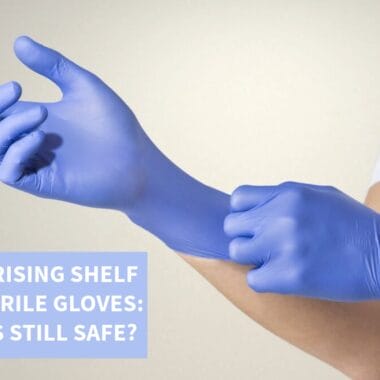


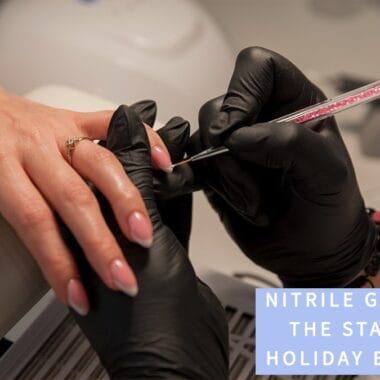


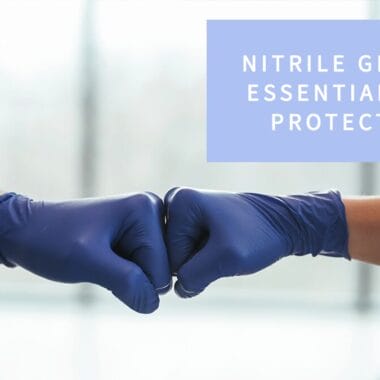
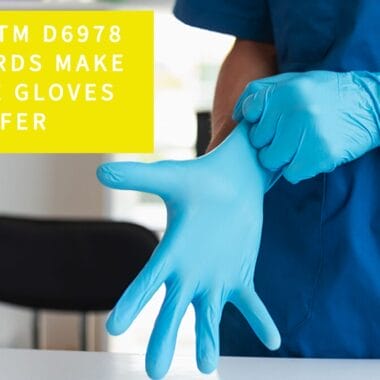

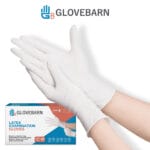

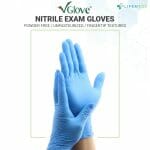

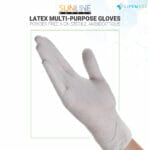

Comments are closed.